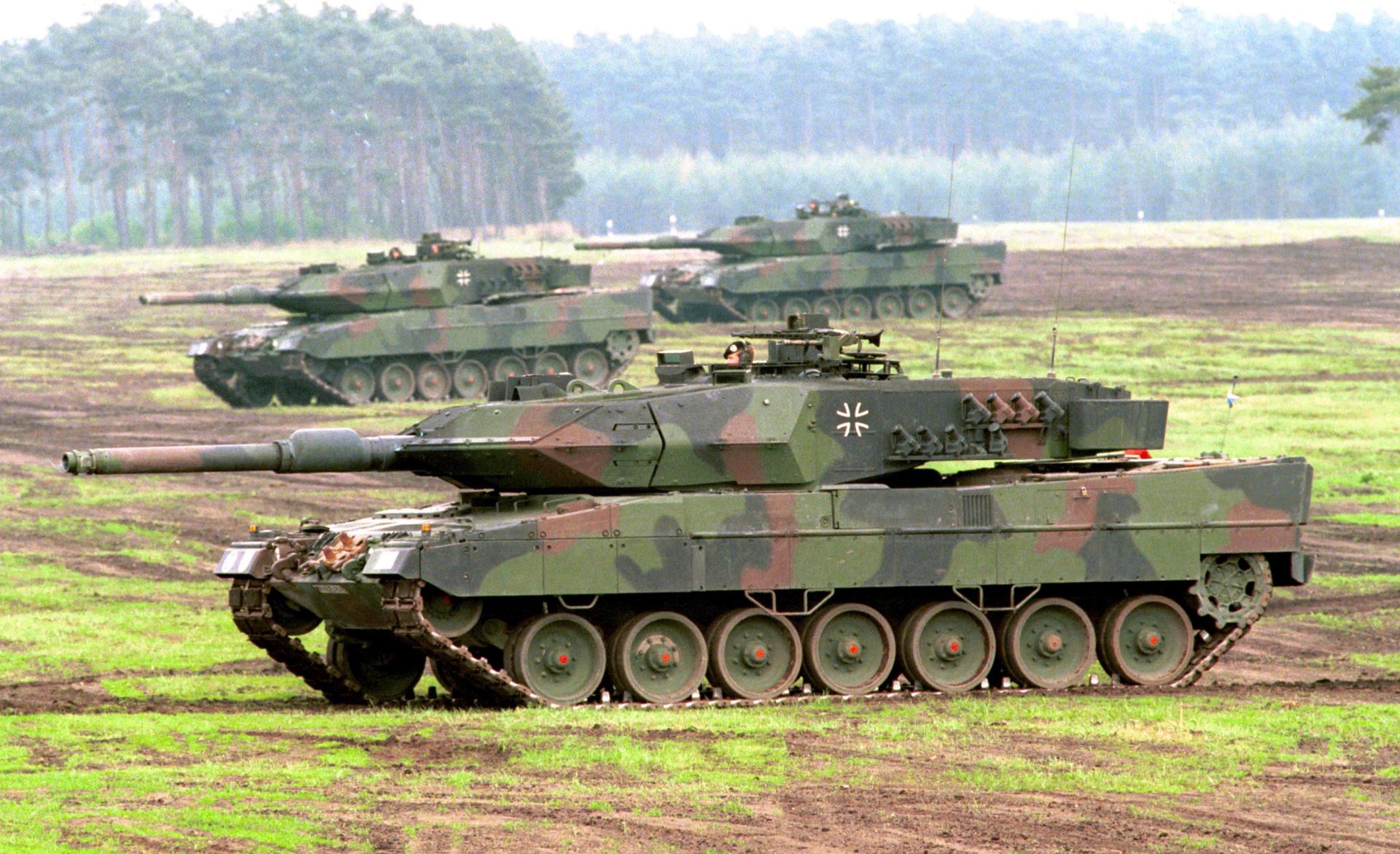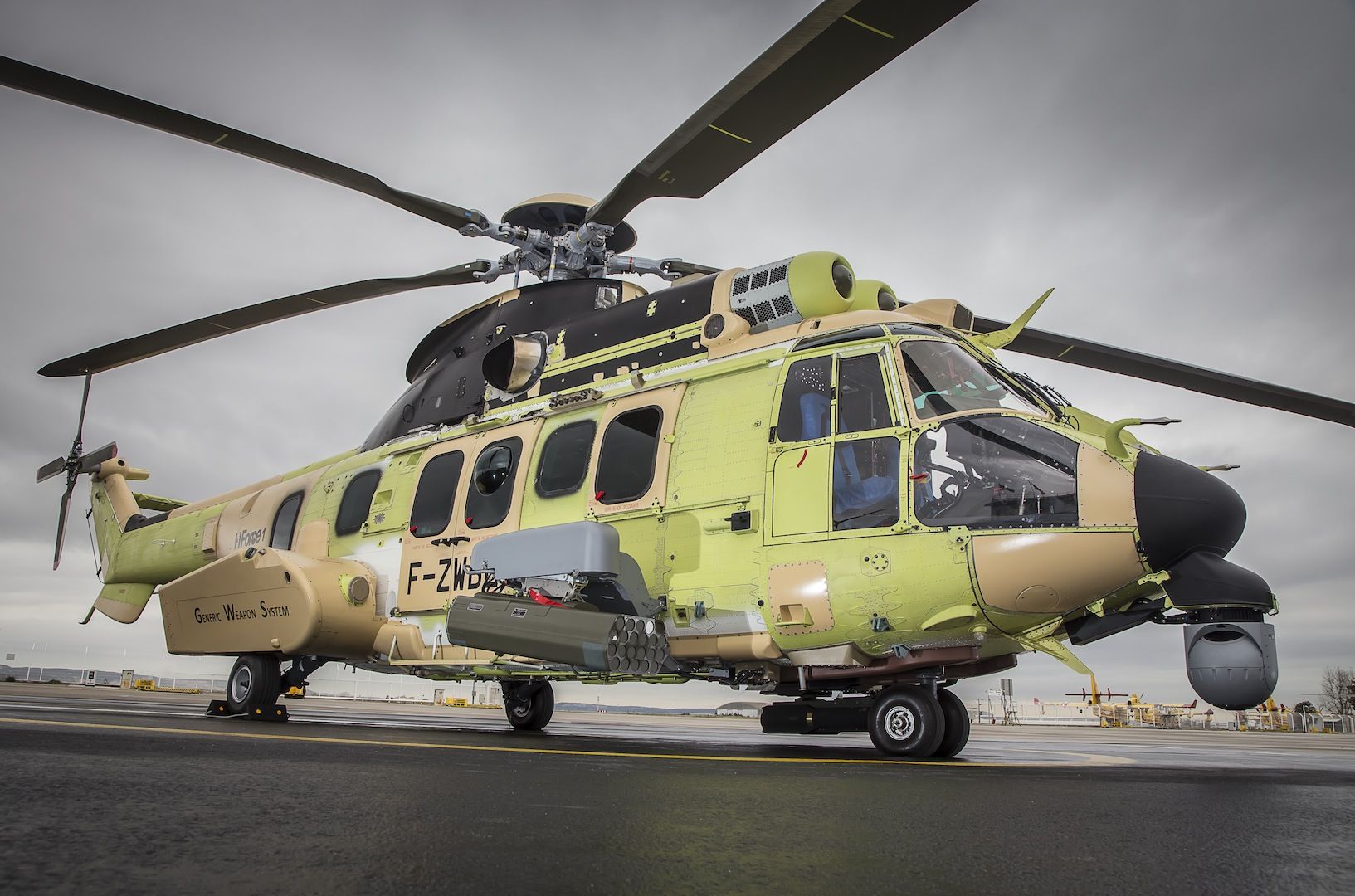Germany has confirmed it is sending Leopard 2 tanks to Lithuania as part of NATO plans to reinforce the Baltic states. But the presence is largely symbolic, since Russia is still militarily superior in the region.
Protecting Lithuania from Russia is to be Germany’s responsibility, according to the new NATO defense plans that emerged at this week’s summit in Brussels. The German Defense Ministry showed on Wednesday evening just how seriously it is taking this task, confirming to the DPA news agency that next year it will be sending Leopard 2 tanks to the Baltic country’s Russian border in addition to the 650 soldiers it had already promised – though it would not clarify how many.
The move is part of NATO’s wider plan to protect its Baltic members, who have all shown concern about Russian ambitions following the annexation of Crimea in 2014 and the subsequent war in eastern Ukraine.
A NATO battalion of around 1,000 soldiers will be stationed in Lithuania as of June next year, and will then be rotated every six months. Around 450 to 650 of these troops are to be supplied by the Bundeswehr, while the others will come from France, Belgium and Croatia. German media reported that the combat-trained unit will also be equipped with tanks, armored vehicles, snipers, and engineers.
Defending the defensive measures
Each of the alliance’s major powers is sending troops to bolster the defenses of the countries bordering Russia, so while Germany is helping Lithuania, Poland will be protected by the US, Latvia to be manned by the Canadians, and Britain is to help reinforce Estonia.
The plans are likely to further antagonize Russia, whose government has criticized NATO’s military plans in the region before. “The alliance is concentrating its forces on limiting a non-existent threat from the East,” the Russian Foreign Ministry said in the summer.
German Defense Minister Ursula von der Leyen defended the measures, calling the deployment “exactly appropriate” and “defensive.” “This is a clear signal that an attack on one NATO country will be considered an attack on all 28 NATO countries,” she said.
NATO Secretary General Jens Stoltenberg also indicated that the mission was a response to Russian aggression. “Russia is prepared to use its military power,” he said in Brussels. “It is necessary for NATO to answer that.”
Gustav Gressel, Russia specialist at the European Council on Foreign Relations, believes that NATO’s new plans are actually fairly measured, given the circumstances. “Russia still enjoys military superiority in that area of about five-to-one,” he told DW. “It’s not at all an offensive threat against the Russians – but rather a cautious, small-scale reaction to the build-up and military mobilization Russia has been undergoing. It doesn’t change the military balance in the Baltics.”
Stoltenberg said NATO had no choice but to respond
In fact, the Baltic states would have liked NATO to commit more troops to their border areas, Gressel argued. “Since 2009, Russia has trained its forces in scenarios of invading the Baltic countries,” he said. “For the Baltic countries, this is a real thing, this is not something that might at some point happen.”
Even though it is economically isolated and can ill afford to take new territory, Russia’s political system requires shows of military power for its own population, Gressel argued. “It is increasingly difficult to predict what Russia will do, or when Russia will perceive military provocation. So you’d rather be on the safe side and signal to Russia that there is no free ride in the Baltics.”
But at the same time, NATO is trying to strike a balance. “You have to hedge against the risk that Russia gets adventurous,” he said. “But on the other hand, you don’t want to maneuver Russia into its self-fulfilling prophecies of a threat. In my view, Russia’s saber-rattling is for domestic consumption and their military knows that NATO is not going to invade.”
Germany has contributed to NATO’s biggest rearmament drive since the end of the Cold War, last year ordering an extra 100 Leopard 2 tanks – mostly by modifying previously decommissioned vehicles. At the same time, the upper limit of 225 tanks that had been agreed as part of the military reform of 2011 was increased to 328.











